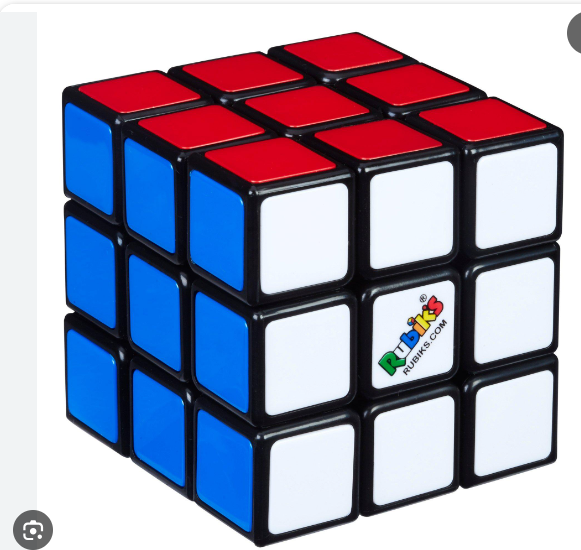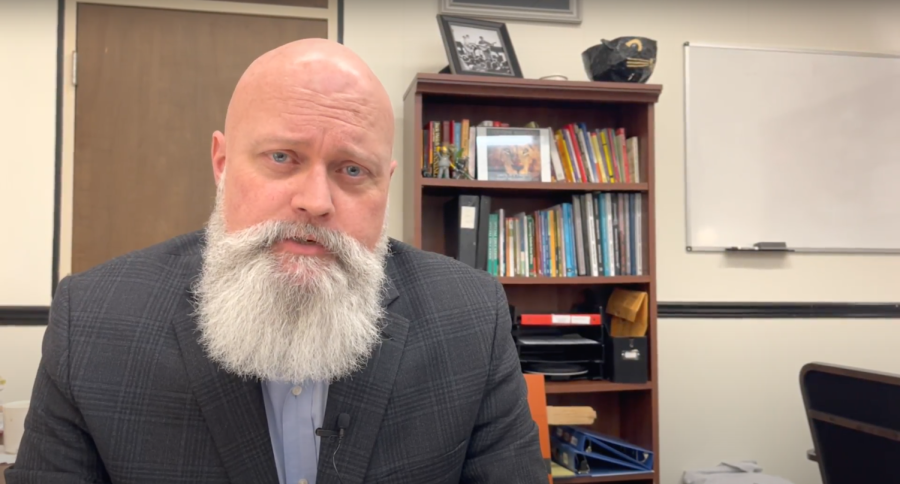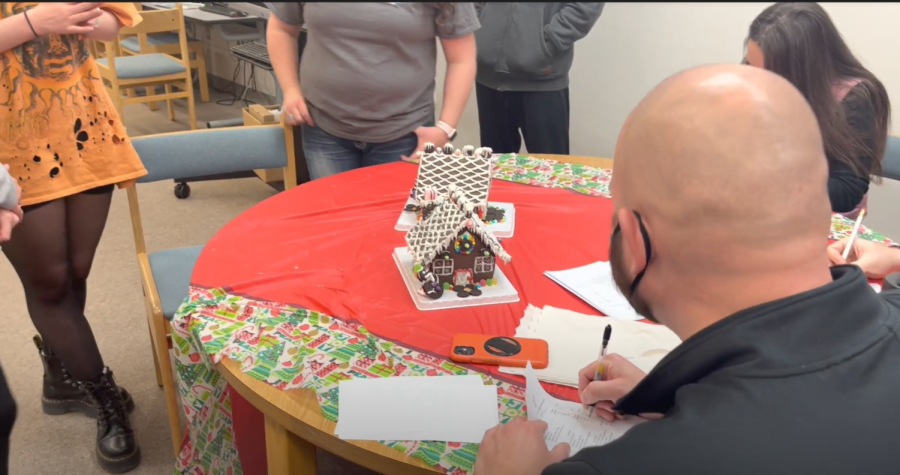
A classroom setup has been proven to be an important factor in a student’s learning ability, or even in a teacher’s ability to teach. Factors such as decorations, lighting and temperature can either make or break a student’s success.
Trudie Lawrence from Envoplan, a school design and refurbishment company, has strong feelings on the importance of a carefully set up classroom, saying, “A successful classroom design needs to strike the balance between the teaching methods and learning styles that take place in class.”
At a young age, a former MHS student was diagnosed with Large Vestibular Aqueduct Syndrome, a type of hearing loss, which has made certain classroom setups rather difficult to deal with. MHS alumni Andrew Heon said, “Not being able to see the teacher would definitely make it difficult to understand what they are saying.”
MHS junior Allison Shaulis comments on the effect of decorations in a classroom saying, “I think if there are lots of decorations, it’s hard to focus on the teacher.” Walls filled with artwork and posters have been proven to be distracting, which can cause disruption among the students. An online article said, “… while students should be able to see their work on walls, at least 20% of wall space should be kept clear.”
Classrooms at certain schools, for example Middletown Elementary School, have partitions instead of concrete walls. Heon added, “It makes it difficult to pay attention in school when the classrooms don’t have actual walls… it’s much easier for people to learn when there are no distractions.” When someone who suffers from hearing loss hears multiple loud voices at a time, it becomes increasingly difficult for them to pay attention to one particular voice. This is why not having permanent walls might make learning more strenuous.











